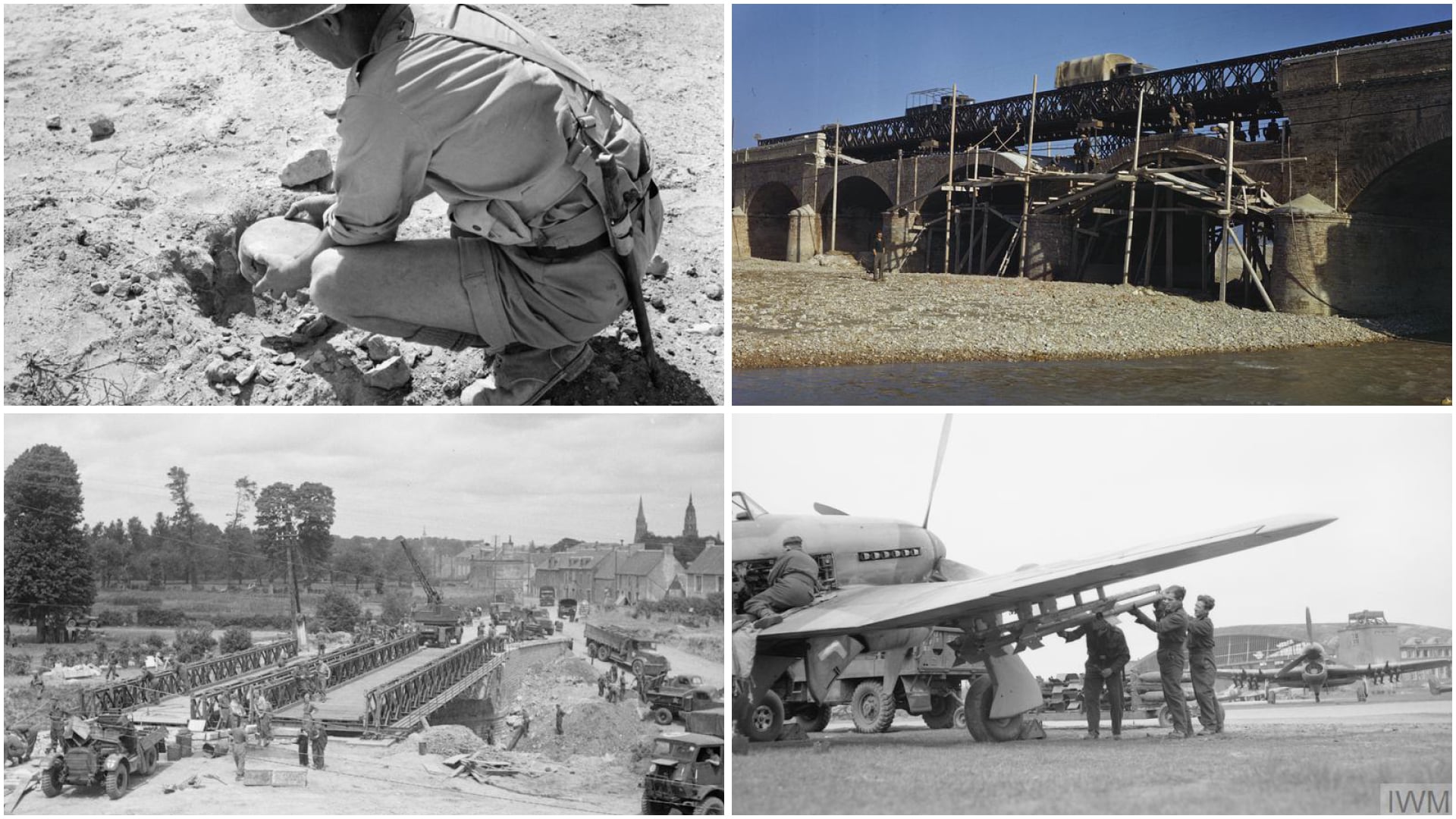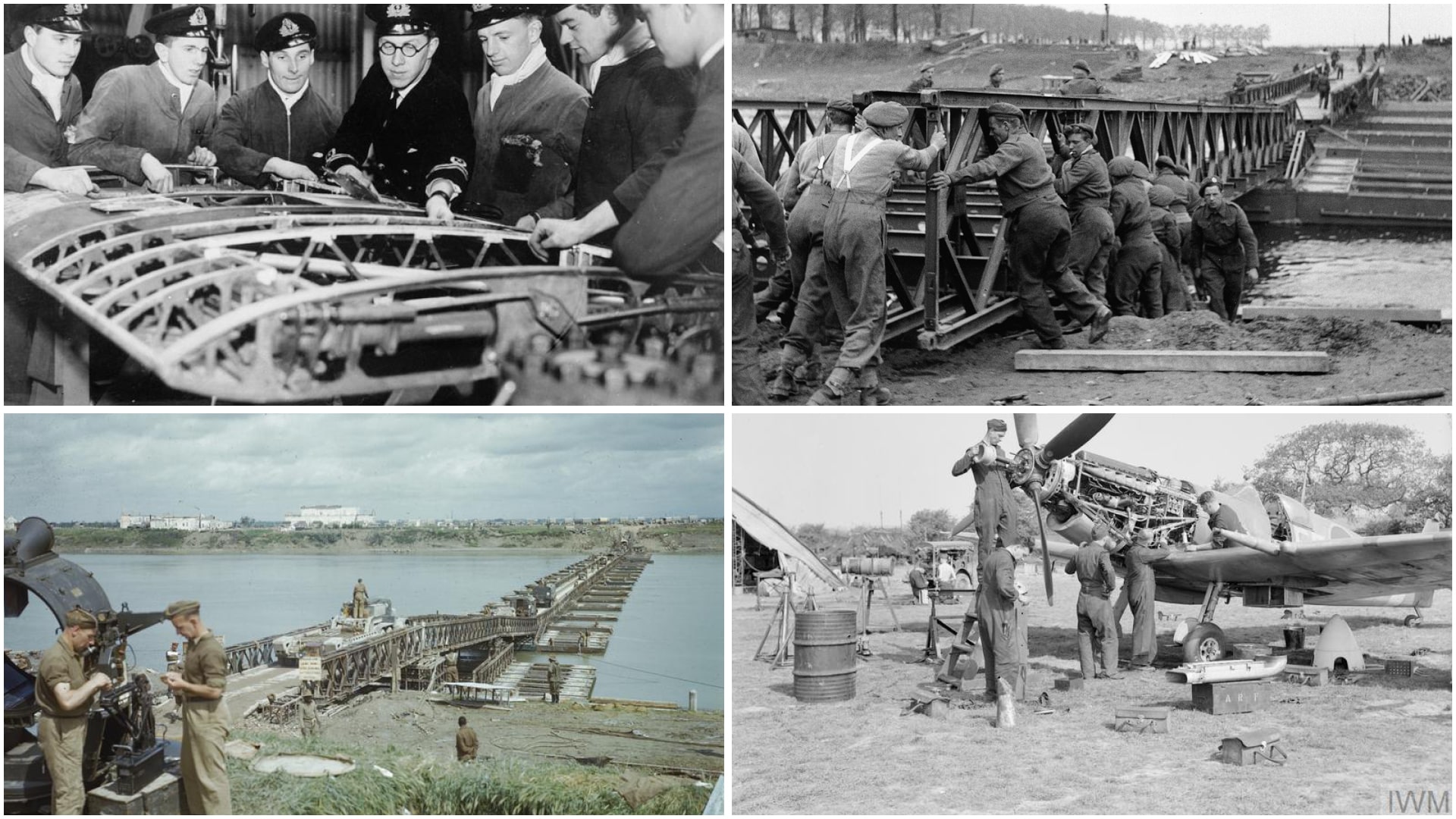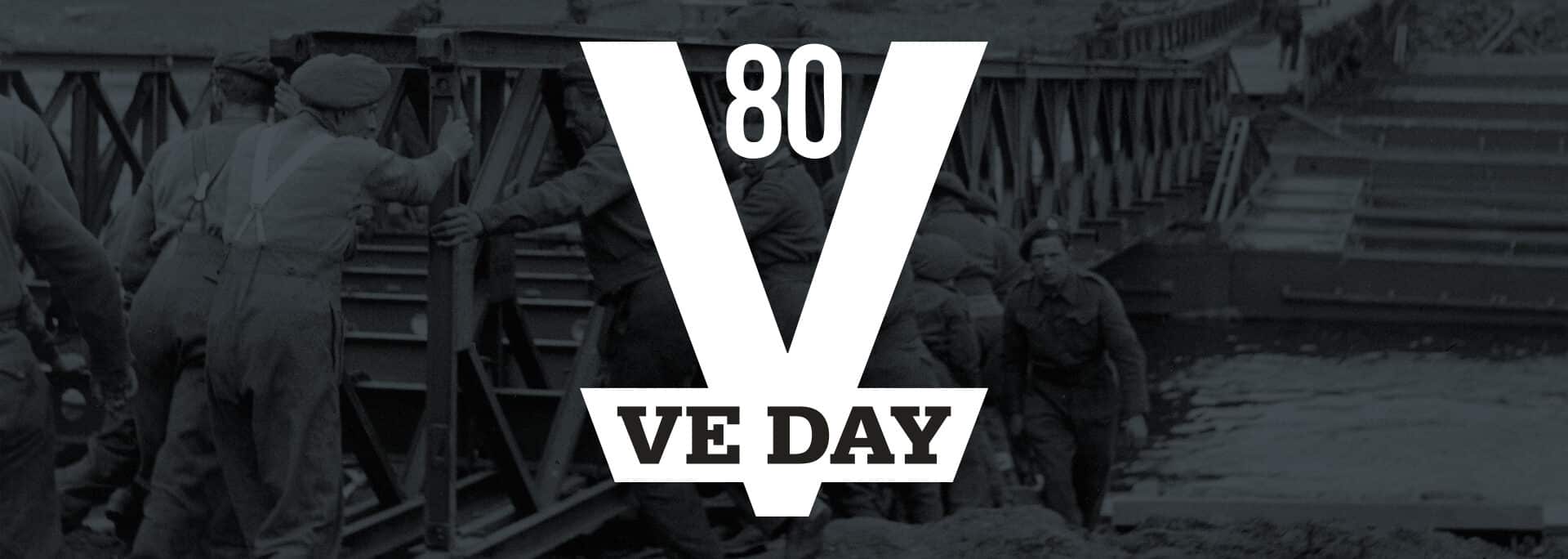VE Day 80: Celebrating the Role of British Engineers
In an increasingly uncertain and fragmented world, Victory in Europe Day (VE Day) has never been more important. Today, on this early May bank holiday dedicated to marking the anniversary of VE Day, we remember not only the courage of those who fought, but also the critical contributions of British engineers, many of whom served in the armed forces and operated directly on the front lines.
During the Second World War, engineering expertise was vital to securing Allied success. Both military engineers and civilian engineers applied their skills to some of the most demanding and dangerous operations of the war.
The Royal Air Force maintained a variety of engineering roles, including ground crews and radar operators. In 1941, it introduced the role of Flight Engineer to assist pilots with increasingly complex aircraft. Flight Engineers managed mechanical, hydraulic, electrical, and fuel systems, playing a crucial role in aircraft operations.
The Royal Navy had an entire branch dedicated to engineering, formed in 1835. Engineers in the Royal Navy oversaw the upkeep of engines, motors, pumps, and other mechanical and electrical devices, while also playing a vital role in maintaining and repairing ships, submarines, and naval aircraft.
In the Army, there were two distinct engineering arms: the Corps of Royal Engineers (RE) and the newly formed Royal Corps of Electrical and Mechanical Engineers (REME). Formed in 1716, the Royal Engineers had been responsible for duties such as tunnelling, trench-building, gas warfare, and quarrying throughout the First World War. They quickly adapted to the broader challenges of the Second World War, assisting with the design, construction, and maintenance of critical infrastructure, essential facilities, and defences, as well as contributing directly at the front lines.
As the war progressed, the Army struggled to manage the growing range of engineering duties required on the battlefield. To address the critical shortage of specialised engineers (technicians, mechanics, and electricians), the ‘Committee on Skilled Men in the Services’ was set up in 1942 under Sir William Beveridge. The committee recommended forming a Corps of mechanical engineers. The Institution of Mechanical Engineers (IMechE) and the Institution of Electrical Engineers (IEE – now IET) were consulted to help with recruitment, and after some discussion on whether ‘mechanical’ should come before ‘electrical,’ it was decided the new Corps would be named the Royal Corps of Electrical and Mechanical Engineers.
This new unit drew its personnel from the Royal Army Ordnance Corps, the Royal Army Service Corps, the Royal Engineers, and the Royal Signals. Not only did it resolve the Army’s engineering shortages, but it also offered engineers a clear career path distinct from non-combatant roles.

THE ROLE OF THE ENGINEER
Throughout the Second World War, engineers continually innovated and evolved across all theatres of war, taking on new roles that required technical expertise, courage, and resilience – often under fire. Their responsibilities included:
- Bomb disposal and mine clearance, often carried out under life-threatening conditions in active combat zones.
- The development and deployment of radar technology, which was crucial during the Battle of Britain.
- The construction of air raid shelters, essential services, and facilities across the UK.
- Building and maintaining roads, railways, and ports.
- Rapid construction of airfields to support the advance of Allied forces.
- Maintenance and repair of increasingly sophisticated vehicles and weapons.
- Building Bailey bridges, a lightweight, portable bridge system that allowed troops and equipment to cross various terrains.
- The development and use of Duplex Drive amphibious tanks, “Crab” mine clearers, and Armoured Vehicle Royal Engineers (AVREs).
- The design, construction, and operation of the Mulberry Harbours – portable harbours that enabled the landing of troops and supplies on the beaches of Normandy following D-Day in 1944.
- Laying pipelines under the English Channel to supply fuel to the armies in Europe – a project known as ‘Operation PLUTO.’
ENGINEERING IMPACT
As we reflect on the contributions of engineers during the Second World War, it is clear that their innovation and problem-solving continue to shape the world we live in today. The engineers who developed groundbreaking technologies weren’t simply creating solutions for the battlefield; they were laying the foundations for modern advancements in technology, infrastructure, and defence systems. For instance, radar technology, initially developed for military use, went on to revolutionise civilian applications such as air traffic control and weather forecasting.
The expertise in rapid construction and repair that engineers developed during the war also paved the way for today’s civil engineering achievements. From urban development to the construction of vital transport systems, the skills honed on the battlefield have contributed to the infrastructure that keeps the world moving. The resilience, adaptability, and forward-thinking spirit of wartime engineers continue to inspire new generations of engineers, who are now addressing some of the most pressing challenges of our time.
“Eighty years on from Victory in Europe, we salute the engineers whose expertise, bravery, and determination helped bring about the downfall of the Nazi regime that had ravaged the continent. Their legacy of innovation and perseverance continues to inspire us today, as we tackle new challenges and engineer a better future for all.”
Jonathan Cage, Managing Director

All images are property of the Imperial War Museum – Copyright: © IWM




